What Is Rolfing? Your Top 10 Questions Answered
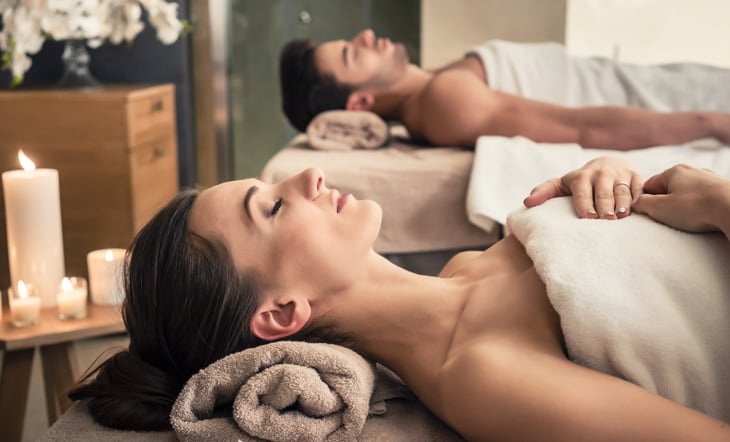
Rolfing. Most people in the yoga and wellness sphere have heard of it . . . but what exactly is it?
Think of Rolfing as a combination of massage, yoga and osteopathy (a form of alternative medicine that works with muscle tissue and bones), except you can leave your yoga mat at home.
While Rolfing is a word we hear a lot these days, it’s not a new trend . . .
In fact, Rolfing was first ‘born’ in New York City in the 1940’s and spread across America over the next few decades as part of the Human Potential Movement, which is the idea that we all have untapped potential inside of us.
Ida Rolf created structural integration to extend the fascia, which she believed was continually being made shorter by the body’s constant struggle with the earth’s gravitational pull.
Now that we’ve established a brief background of this type of body work, let’s explore what Rolfing is and answer ten common questions about it.
Read On For Your Top 10 Questions About Rolfing Answered:
1. What Is Rolfing?
Rolfing is a form of manipulative therapy that uses hand movements to manually target parts of the body.
Rolfing is considered to be a type of deep tissue massage that shares a few similarities with myofascial massage therapy, but the two are very different.
Why?
Because Rolfing is less science-based and more energy-based, attempting to connect the body’s energy field with the gravitational pull of the Earth. Ultimately, Rolfing takes a holistic approach to wellness, with a goal of helping to realign your mind and body.
2. How Did Rolfing Get Its Name?
The official name of this massage technique is actually structural integration. So why don’t we call it that?
Rolfing was developed by American biochemist and former Rockefeller Institute researcher Ida Rolf, who is credited with creating this method back in the 1940’s.
Rolf believed that specific health concerns couldn’t be managed through targeted treatments, and designed her somewhat unusual approach to take into account the body as a whole, not just its individual parts.
3. What Is Rolfing Used For?
Interestingly enough, Rolfing isn’t designed to be used to manage pain, improve mobility, or any of the other things that massage is typically used for. Although there’s a belief that it can help with everything from mindfulness to digestion, these are merely byproducts of the process.
Ida Rolf created structural integration to extend the fascia, which she believed was continually being made shorter by the body’s constant struggle with the earth’s gravitational pull, causing an imbalance across the human axes.
Curious about fascia or want to know more? Learn the Important Things You Need to Know About Fascia
4. What Happens During a Rolfing Session?
Rolfing sessions involve a deep tissue massage. However, the exact type of massage you’ll receive depends on where you are in the Rolfing ‘recipe’ . . . which is a 10-session program divided into three stages.
When you visit a certified Rolfing practitioner, your first three sessions will usually involve superficial tissue massage, followed by four sessions of deep tissue and pelvic massage, finished off with three sessions of full body massage.
Following the completion of the 10 sessions, you’re considered to be properly aligned.
5. Is Rolfing Painful?
Pain differs for each person, but let’s put it this way: Rolfing is certainly not relaxing! To be honest, any sort of manipulative therapy is going to feel a bit uncomfortable, especially if there’s pulling on the skin, or if there’s any tenderness across the body.
And with a typical Rolfing session lasting anywhere from 60 to 90 minutes, there’s plenty of time for your practitioner to dole out a fair bit of discomfort. There’s a difference between pain and discomfort, and Rolfing shouldn’t hurt.
6. Is Rolfing a Legitimate Form of Body Work?
Rolfing is technically classified as a pseudo-science. The primary focus of Rolfing is the fascia, which some people think is the driving force behind a healthy distribution of Qi which is the concept of life force energy that joins happiness, health, and overall well being.
Not everyone believes in Qi, or in forms of alternative or complementary medicine, so it’s important to look at real, scientific results when it comes to Rolfing.
What Is Prana and Life Force Energy? Learn All About It Here
7. Does Rolfing Actually Work?
There has been very little research done on Rolfing and structural integration, and some question its effectiveness. For example, the Australian Government says that “no reliable conclusions can be said about the effectiveness of Rolfing.”
However, the research that is out there suggests otherwise. Studies have found that Rolfing can reduce pain, increase range of motion and improve balance, and could also be beneficial in people suffering with chronic musculoskeletal pain.
8. Is Rolfing Safe?
Anything can be dangerous if you research hard enough! You’ll find reports telling you that Rolfing can cause symptoms like incontinence, but those same reports also state that no type of massage is entirely risk-free.
Generally, Rolfing and non-branded structural integration is considered to be pretty safe, and really not much different in terms of safety to any other deep tissue massage. The Arthritis Foundation includes Rolfing as a type of massage they recommend.
9. Who Can Rolf?
To become a certified ‘Rolfer’ and be associated with the Rolf brand, practitioners need to complete a relevant program. The US is probably the most strict when it comes to Rolfing, and practitioners have to complete the 28-week Basic Rolfing Certification Program which can only be done in Boulder, Colorado.
In addition, there are practitioners that are trained in structural integration but not connected exclusively to the Rolfing brand.
10. Can I Self-Rolf?
Absolutely! If you’re not quite ready to make an appointment, you can try out Rolfing at home. All you need is a tennis ball.
The idea is to treat the tennis ball like a massage ball and roll it over your body with a fair bit of pressure until you find a spot that feels a bit tender or uncomfortable. Once you find that area, you keep pressing the tennis ball into it with moderate pressure for 10 – 20 seconds which is supposed to help smooth the fascia.
Again, you don’t this to hurt but you do want to apply enough pressure to be effective (which may be a bit uncomfortable). It’s definitely worth a try if you’re suffering with pain.
The Merge practice works with the fascia to create balance in the body
Rolfing: The Takeaway
Now that you’ve got the scoop, what do you think about Rolfing? Yay or nay?
As with anything, it’s important to conduct your own research and also find a reputable practitioner for any sort of body work that you have done.
Rolfing is an established technique that has made a major comeback in recent years. It’s unusual, sure, but sometimes that’s exactly what we need.
Have questions about Rolfing? Please share in the comments below – we love hearing from you!
This article and all included information is not intended as medical advice and does not treat or diagnose. Please consult your doctor for any health or addiction-related questions or concerns.


This Month's Letter
From the Editor
Monthly motivation and food for
thought from our founder.



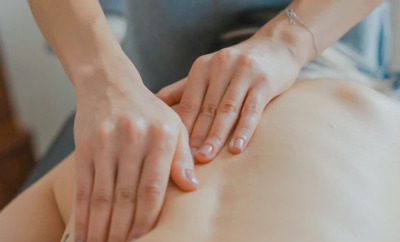
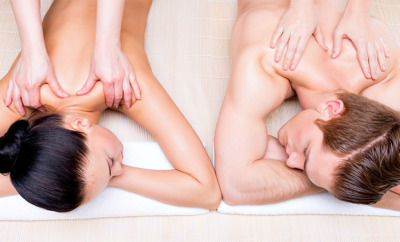
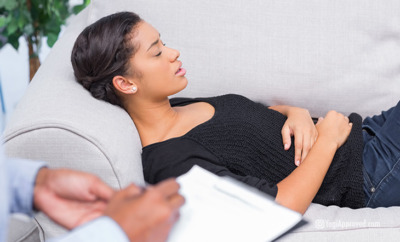
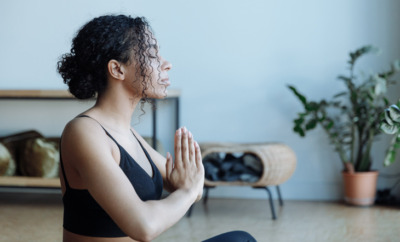
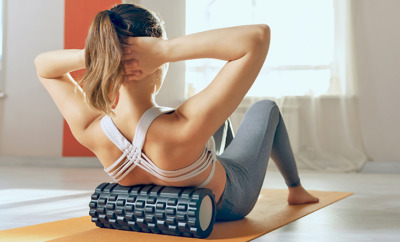
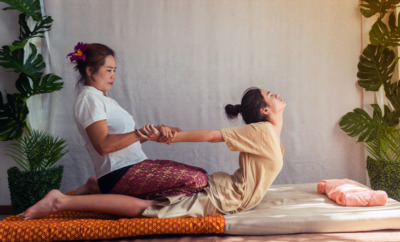



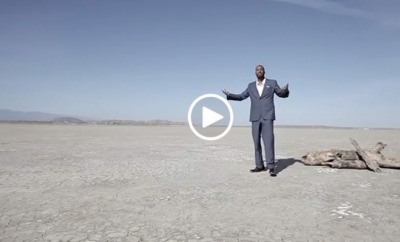





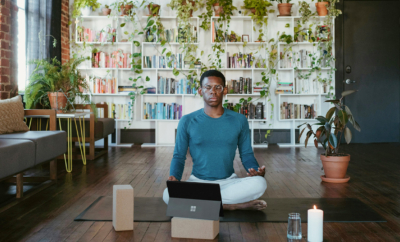











Comments